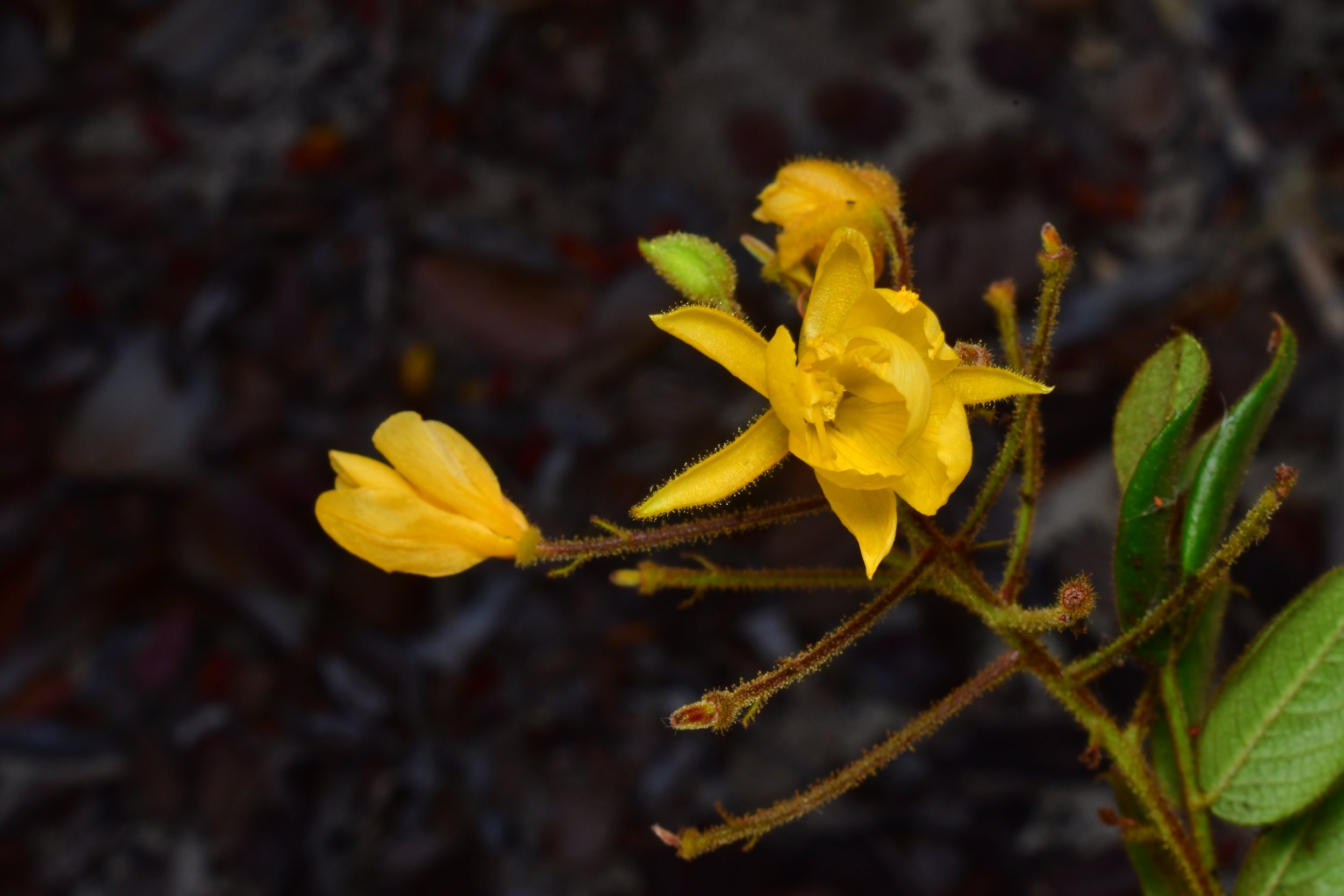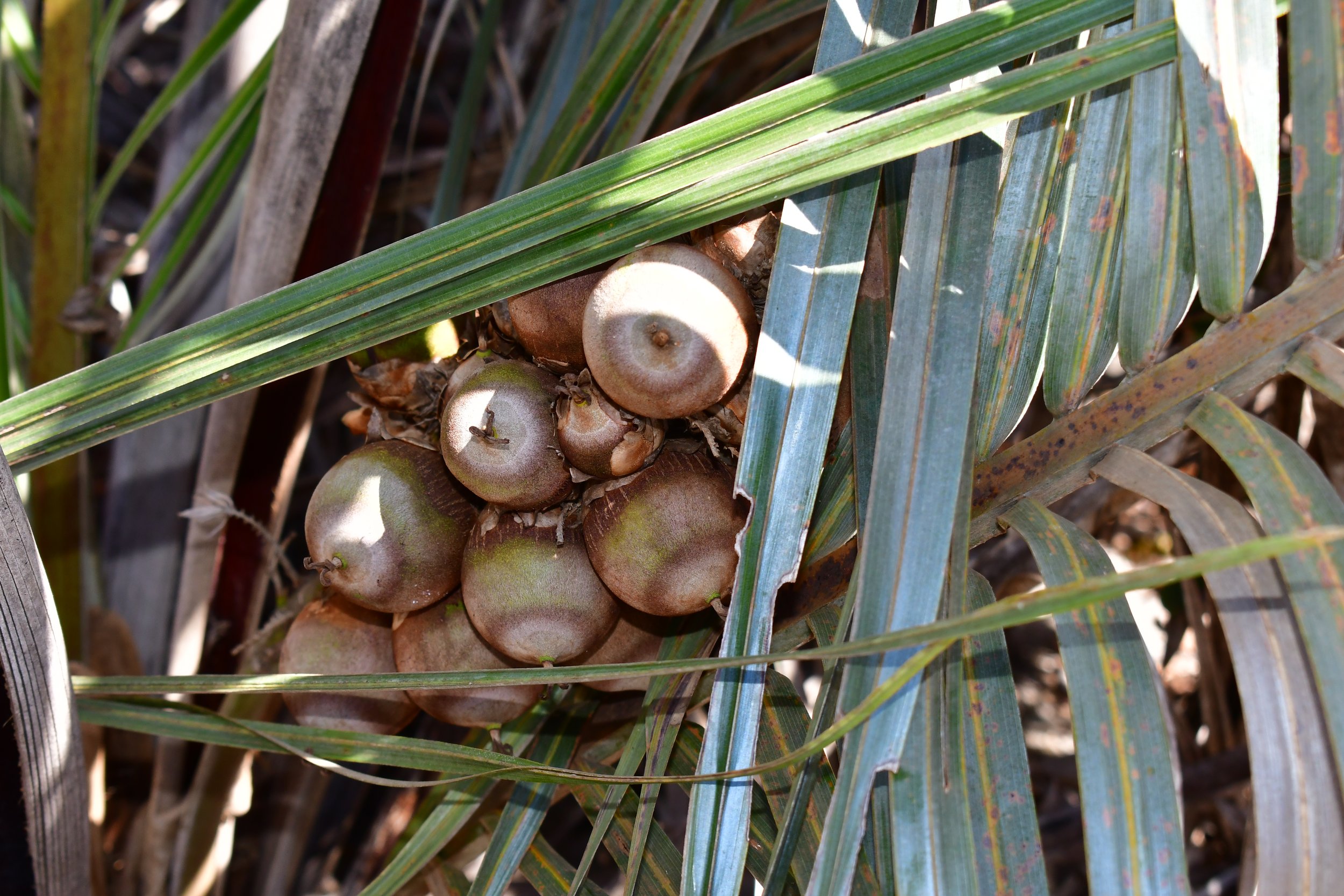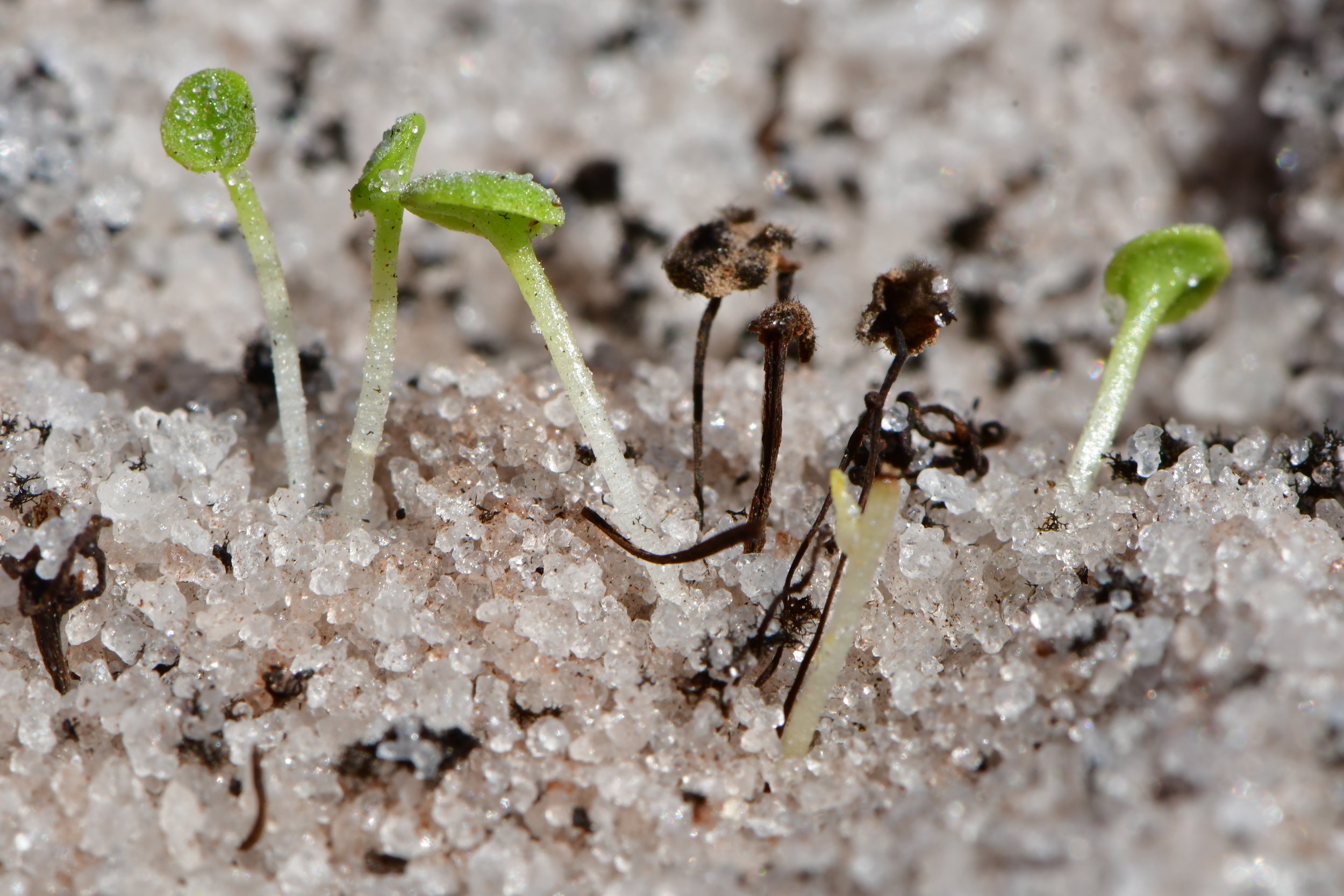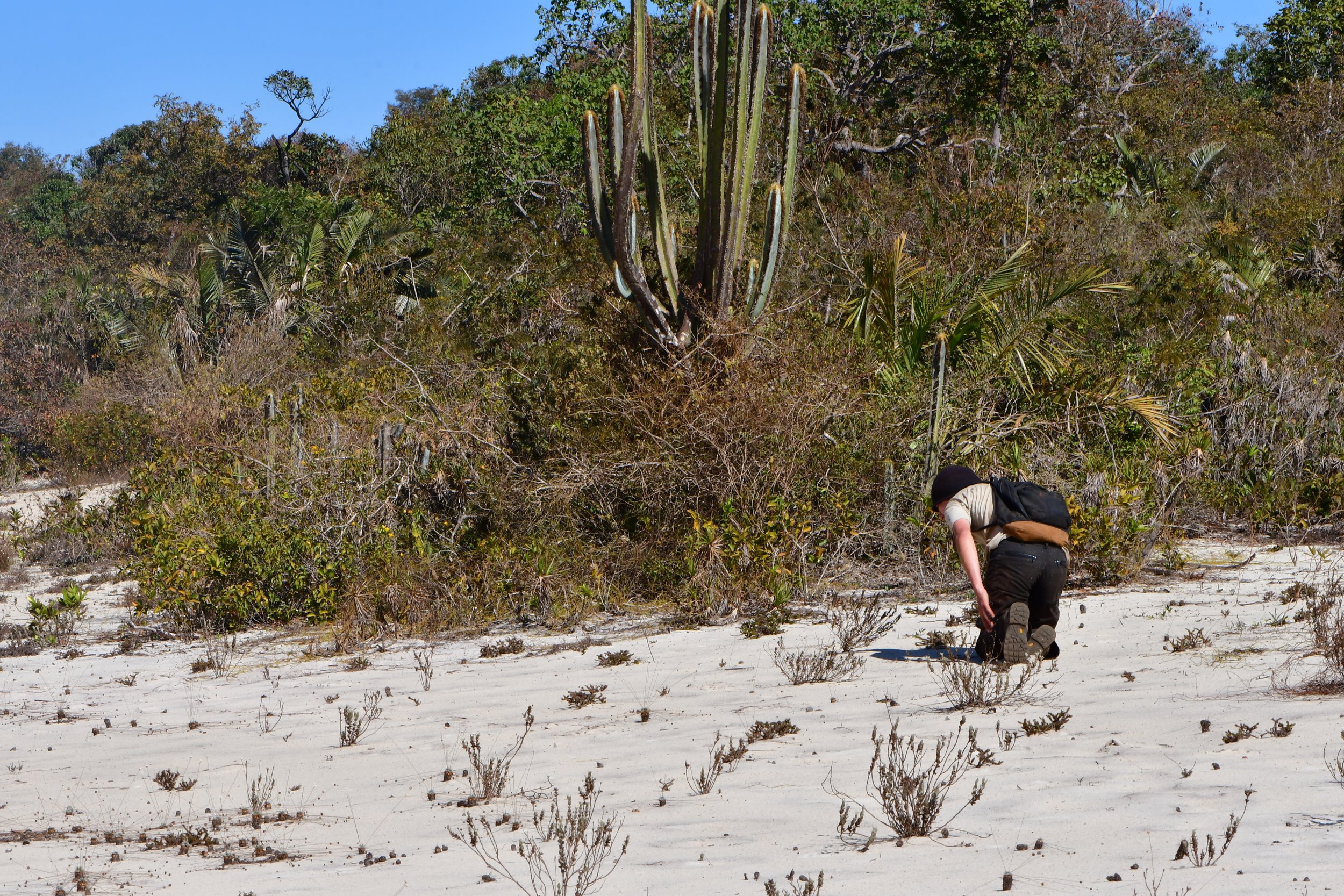Caatinga refers to a kind of Biome in Northern Minas Gerais that’s dominated by generally stunted (due to low nutrients and moisture), seasonally-dry tropical thorn forests in Brazil. Technically, this is a dry-deciduous woodland but there occur within small openings of relatively barren “micro-sites” in which a plant community occurs that is noticeably different from the surrounding woodland, composed of plant species that tend to occur only on that specific substrate of translucent quartz sand and only in those “edaphic (a word that refers to soil) islands” and nowhere else. Notable plants here include the moth-pollinated genus Discocactus and the only carnivorous member of the family Plantaginaceae, Philcoxia, which at the time of this writing contains 7 described species and will probably come to contain more as the genus was only described to science in 2001.



Uebelmannia pectinifera (Cactaceae)

Uebelmannia pectinifera (Cactaceae)

Uebelmannia pectinifera (Cactaceae)

Uebelmannia pectinifera (Cactaceae)




Pilosocereus fulvilanatus

Pilosocereus fulvilanatus

Trixis vautheiri (Asteraceae)

Trixis vautheiri (Asteraceae)




Discocactus pseudoinsignis






Discocactus pseudoinsignis


The habitat

Unidentified (possibly undescribed) Commanthera sp. (Eriocaulaceae)

Unidentified Commanthera sp. (Eriocaulaceae)





Philcoxia rhizomatosa (Plantaginaceae)

Philcoxia rhizomatosa (Plantaginaceae)

Philcoxia rhizomatosa (Plantaginaceae)

Philcoxia rhizomatosa (Plantaginaceae)

Philcoxia rhizomatosa (Plantaginaceae)

Philcoxia rhizomatosa (Plantaginaceae)

Unidentified Commanthera sp. (Eriocaulaceae)


Philcoxia rhizomatosa (Plantaginaceae)


Philcoxia rhizomatosa (Plantaginaceae)

Philcoxia rhizomatosa (Plantaginaceae)

Philcoxia rhizomatosa (Plantaginaceae)

Philcoxia rhizomatosa (Plantaginaceae)


Undescribed Commanthera sp. (Eriocaulaceae)

Undescribed Commanthera sp. (Eriocaulaceae)


